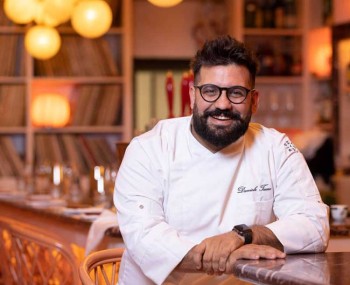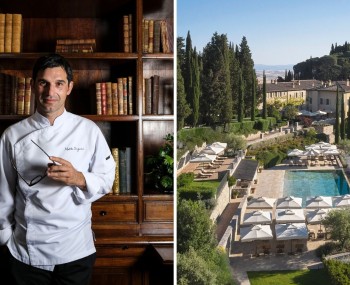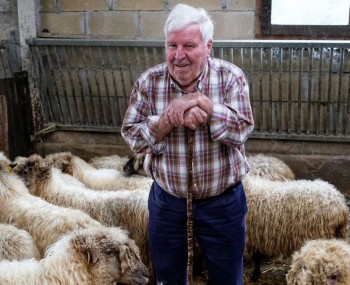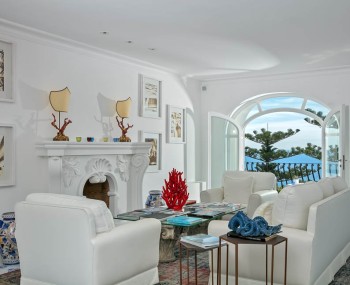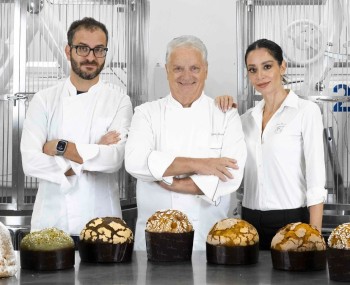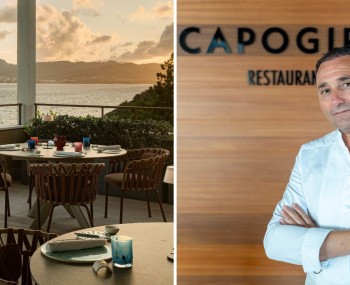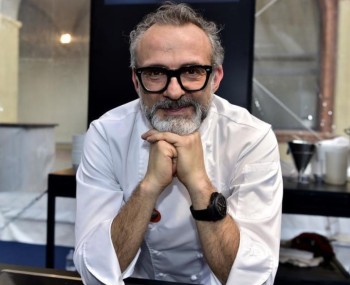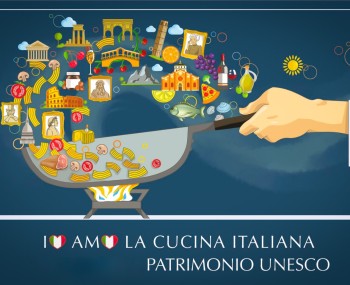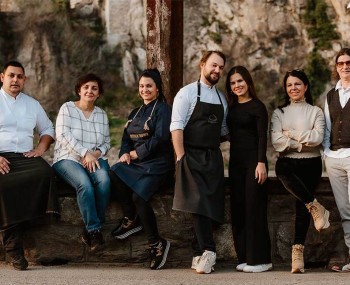The pizza chef from Campania brings half the world to his pizzeria in Caiazzo, near Caserta. We tried to understand what the reason is, besides the pizza.
It is a difficult task to describe those who shine in the gastronomic galaxy; especially when it comes to food, where the palate is a realm of subjectivity and each bite tells a different story. I may like something and you may not like it, it is difficult to be objective. For this reason, in this report I will focus on the ideas surrounding the product, rather than on the product itself. At the beginning of the year I had the opportunity to sit at one of the tables of Franco Pepe's Pepe in Grani in Caiazzo. The pizzaiolo from Campania certainly needs no introduction from me. The well-known gastronome and Pulitzer Prize winner Jonathan Gold, who passed away in 2018, once admitted in Food&Wine, “I probably ate the best pizza in the world at Franco Pepe's”. This is just one of the many international recognitions he received during his career.
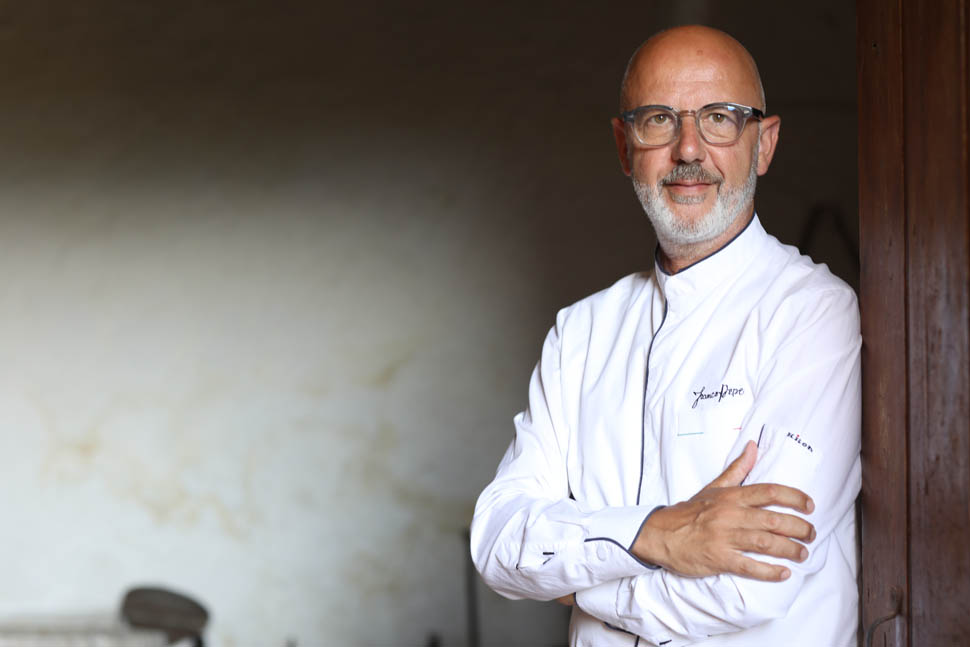
I had always heard about him, I had seen the documentary that was made about him by Netflix, but to live the experience and try to understand from his words what his idea of a pizzeria and pizza actually is, is something else. Chatting with him, I got the impression that he's a bit “annoyed” by the fact that many experts talk and write about his pizzeria based on hearsay, without actually having set foot there or tasted his pizzas. His idea is that you have to try and get to know something before talking about it, and the same goes for those who have asked him to collaborate over the years. Like the owner of L'Albereta, who came to Caiazzo to see and taste for himself before bringing some of Pepe's recipes to Franciacorta with the La Filiale. format. Recipes that can also be found in the two summer pop-ups at the Capri Palace on the island of Capri and also in the 7Pines resort on the Costa Smeralda.
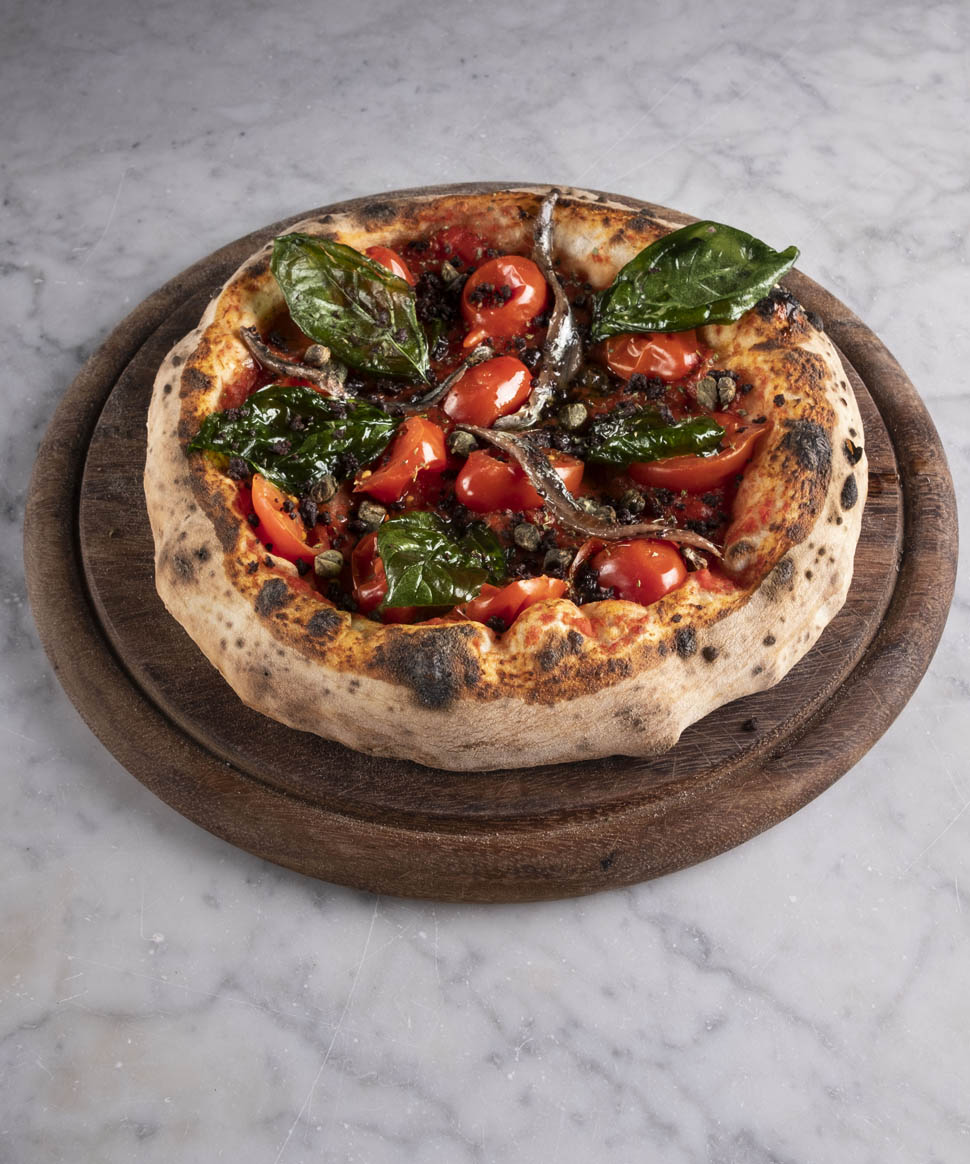
The journey
Let's start with the journey. Caiazzo is a small town of just over 5 thousand inhabitants, perched on a small hill 200 meters above sea level, in the province of Caserta. There are two ways to get there: by car - used by most people - and (the way I chose) one of the few trains that arrive from the city of the Royal Palace - I must say on time, in spite of the national railway chaos of recent months. There's no denying that Pepe in Grani has become, over the years, the attraction of the city. Whether for foreigners or locals. It's located in a former abandoned ruin, which Franco Pepe and his team took over and transformed into a magic box. I can't think of a better definition, because the restaurant is full of surprises that you don't expect.
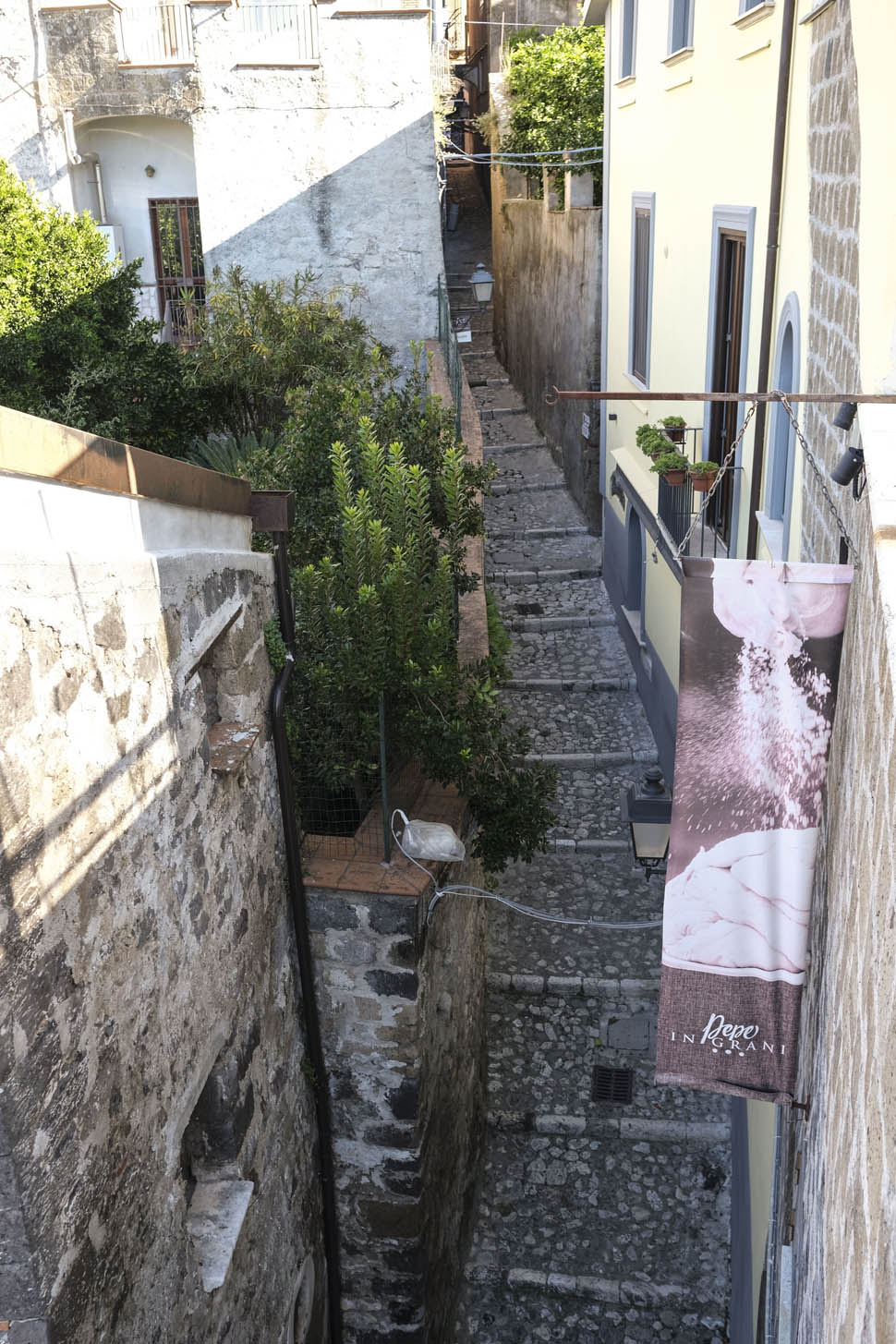
To get there from the small station - one platform! - you walk through the center until you find a narrow street going downhill, with very steep stairs and long steps. You realize you've arrived when you see a small line in front of the door. It was early January and the restaurant was full: I can imagine that in high season the line might be longer, even if the reservation system has been made more efficient to avoid the long waits of the past and make the experience better for the customer, who has usually traveled (more or less) kilometers to get there.
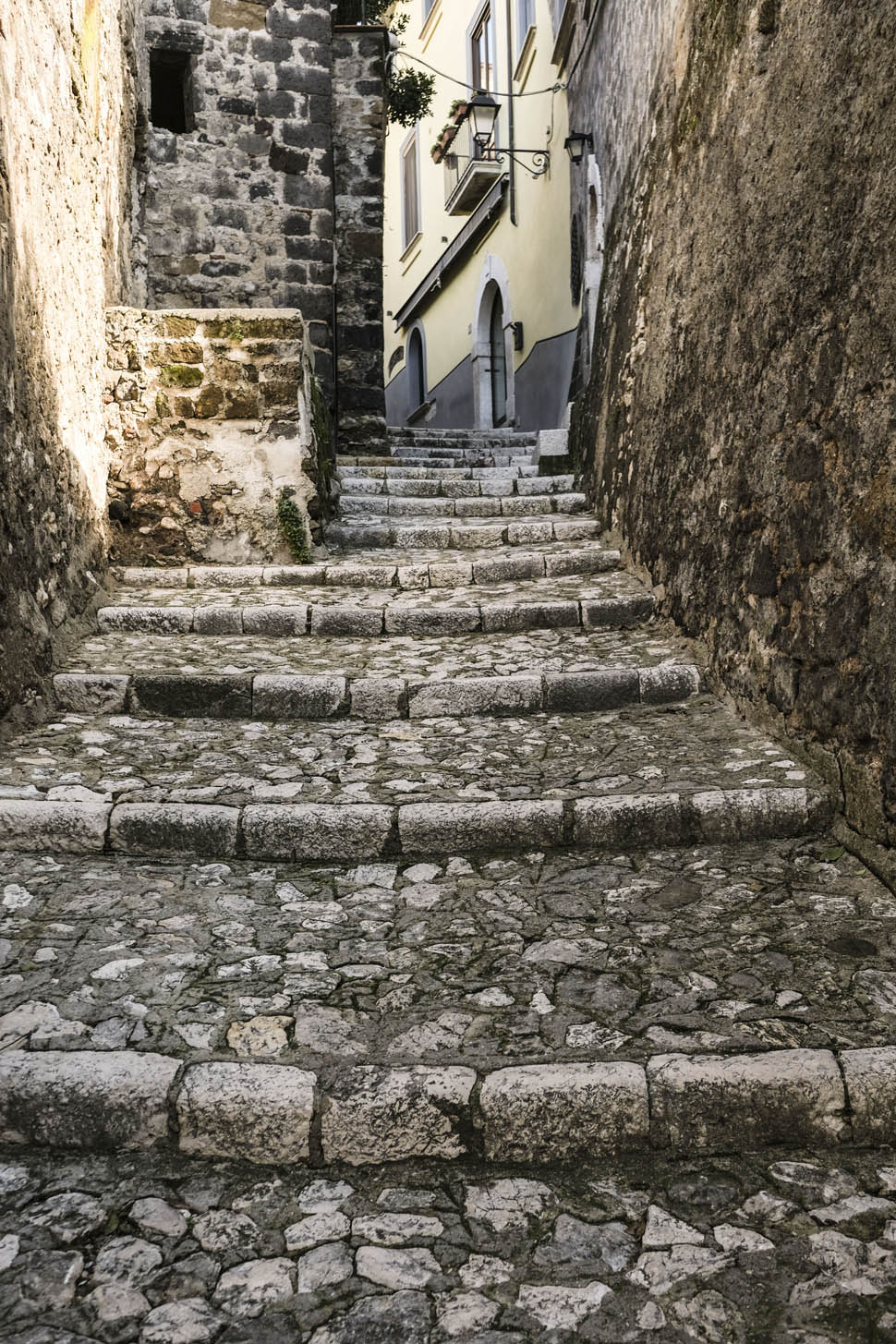
The star that shines, but isn't there
Franco Pepe's ability to bring people here from all over the world to eat his pizza is truly amazing. Getting in your car or taking one or more trains, if not a plane, to reach such a small village is not something to be taken for granted. Until recently, it was thought that this was only reserved for Michelin starred restaurants - it's no coincidence that the three-starred restaurants are defined by the Guide as restaurants “worth the trip”. And speaking of stars, among the many who have set foot here over the years there are also great chefs. Among the latest, Alain Ducasse. He flew his private plane from Paris to Naples and back in a single day. He wanted the full experience after being impressed by Pepe's pizza at an outdoor event.
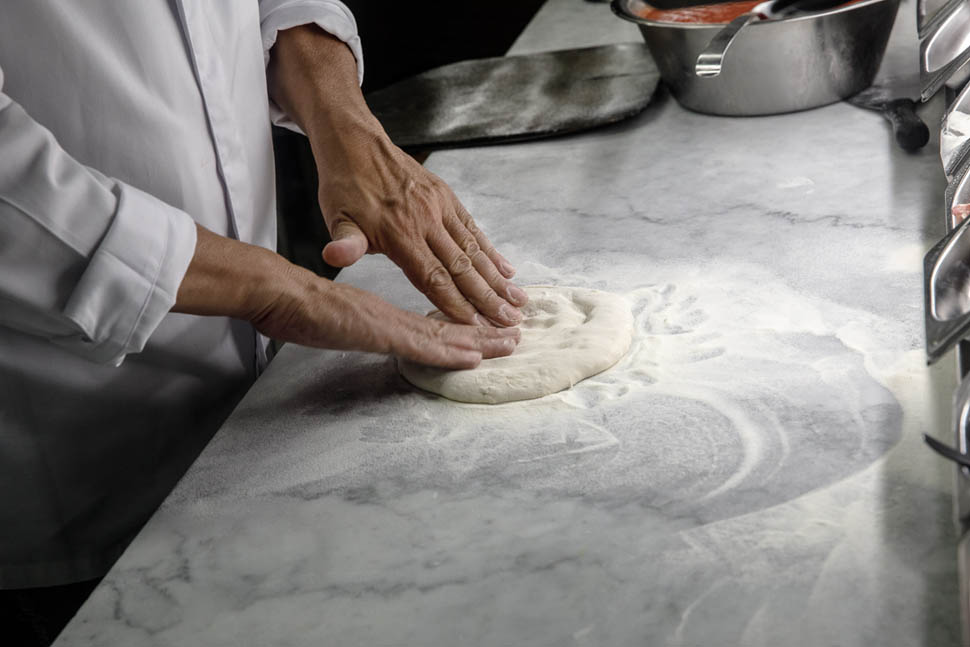
Until a few years ago it was unthinkable that pizza chefs could interact with haute cuisine, but for Franco - and don't call him “maestro” - this is due to the generational change and change in mentality of pizza chefs who have understood the importance of the ingredients used to season pizza, broadening their horizons beyond the study of dough alone, acquiring knowledge from chefs. However, for him, the true art lies in not distorting the pizza with excesses, but in celebrating its popular essence, avoiding weighing it down with overly elaborate toppings.
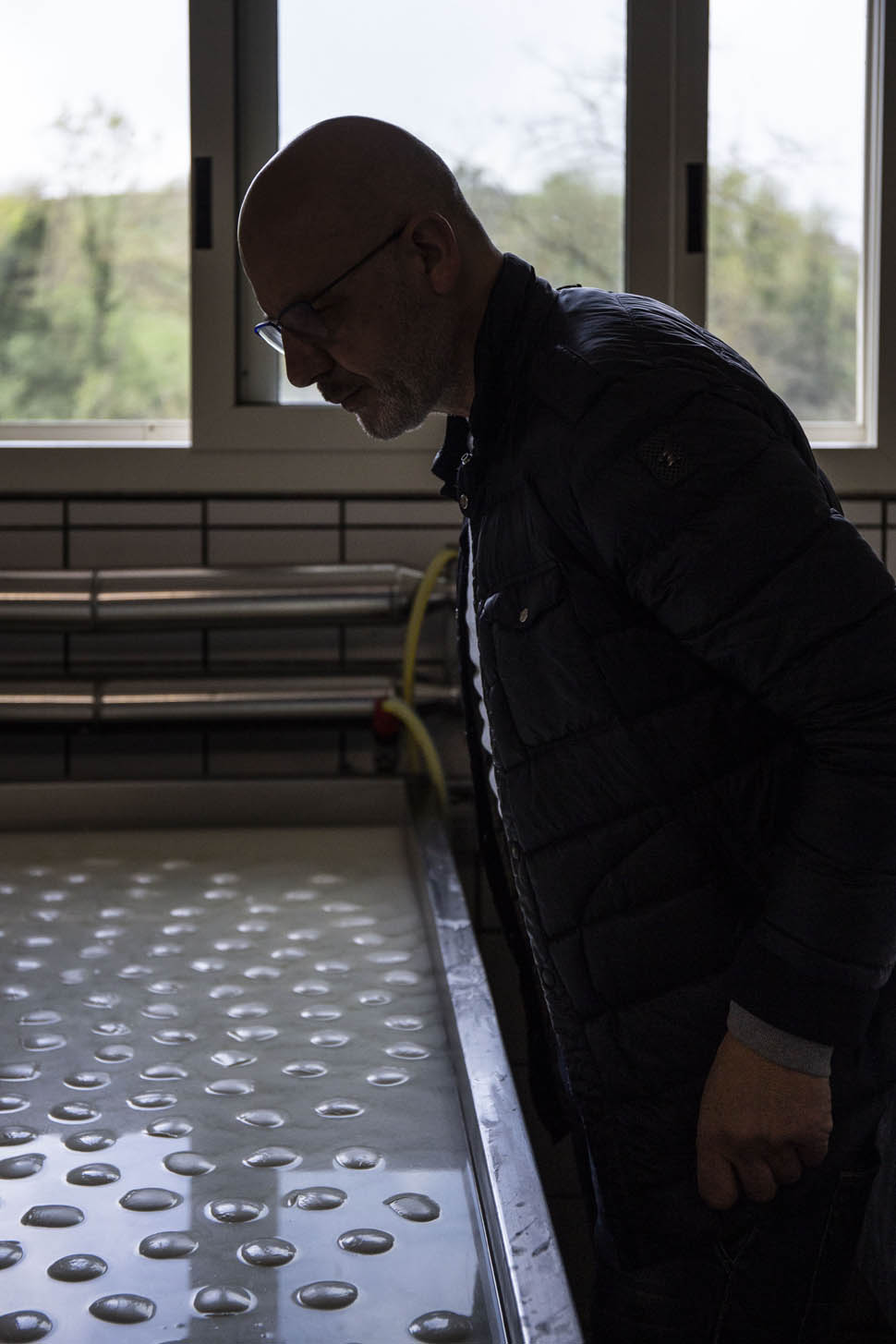
The magic box
The restaurant is on three floors: on the ground floor we immediately find the kitchen, with two ovens in use and the controlled chaos of a fully functioning restaurant. On the same level there are two rooms; for the first I can't find a better definition than “a pizzeria”, with its noise, its shouting, nothing out of line but a super convivial situation. Right next to it is a veranda-room - which must be sensational in the summer light - with more tables available outside in fine weather. Here the atmosphere seems less chaotic, probably due to the lower density of tables.
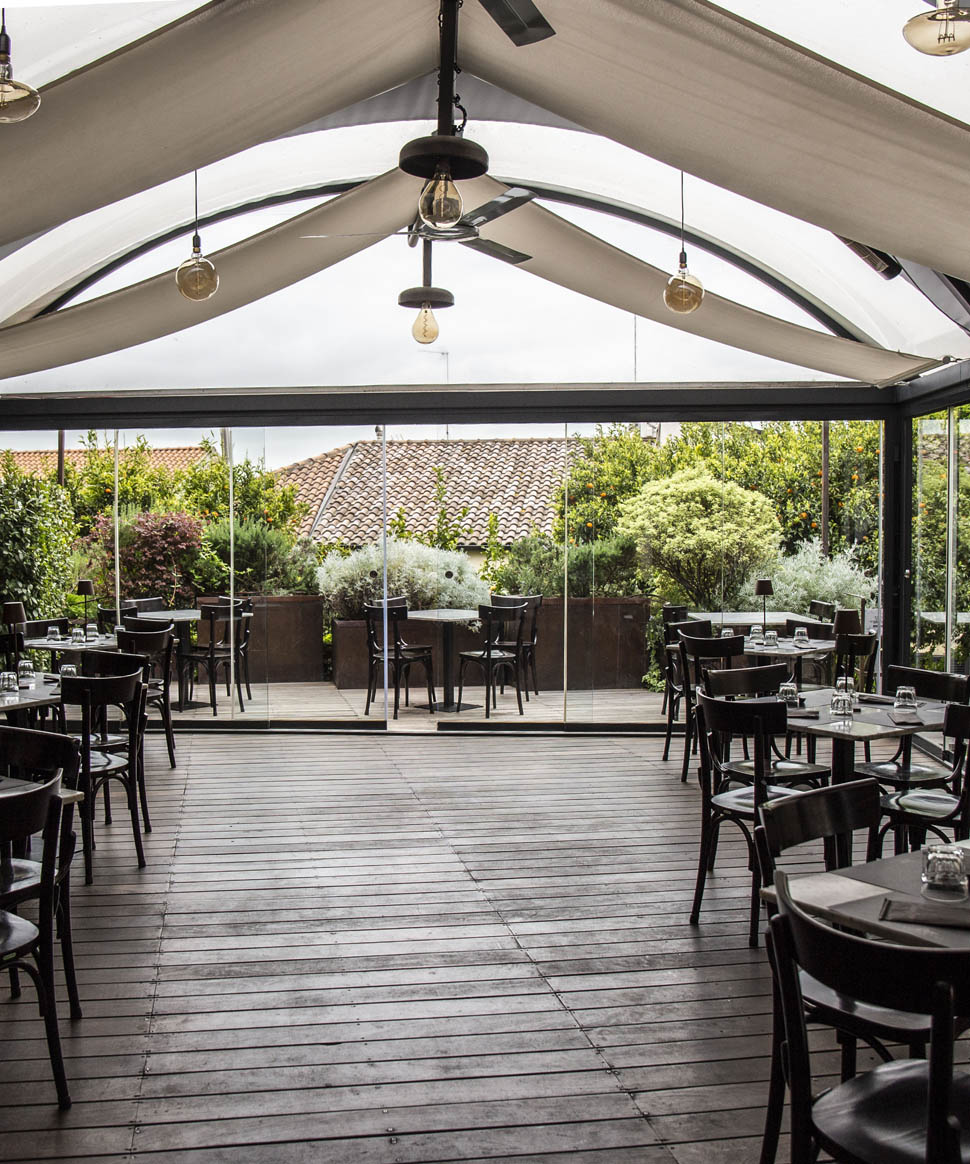
Going up one more floor you come across a private room that can accommodate up to 10 guests; going up to the second floor you come across two more rooms, one of which is particularly striking. Or rather one of its tables: it's made of transparent glass and is positioned exactly above the oven on the ground floor, and through a sort of porthole you can see the staff at work. Just as you can see them in the other room on the same floor where live images from the kitchen are projected - perhaps it's a bit of a kitsch choice but it has its effect. On the same floor we find the dough room, where only 4 or 5 people carry out the work - strictly by hand - with a personalized Zero Pepe flour blend, with temperature-controlled maturation in wooden boxes. A single dough is used for all types of cooking and for all products: oven-baked, fried, savory, sweet.
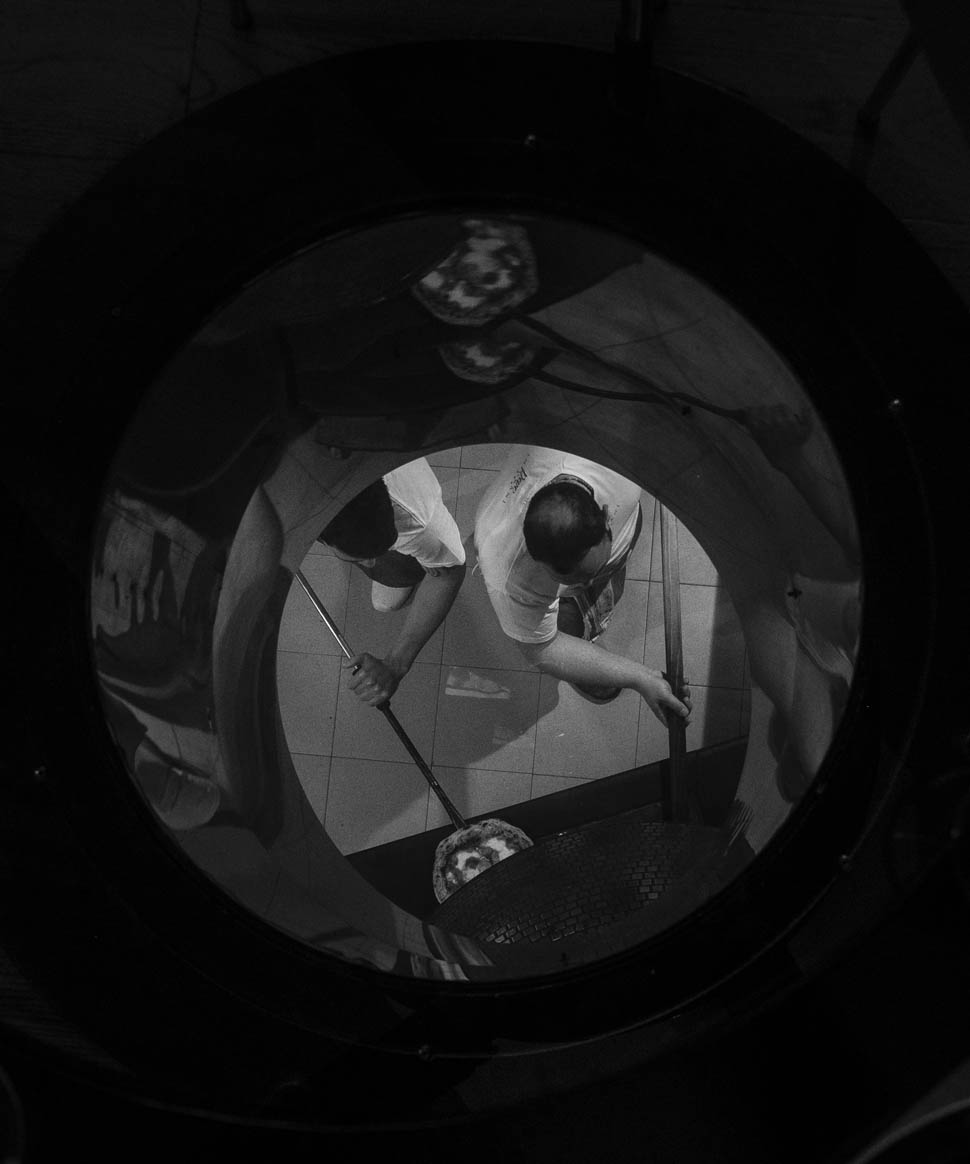

Going up another half floor there is a terrace with 5-6 tables, perfect for summer evenings. On the top floor, behind one of the three doors, we find Authentica: a room with an experience within an experience. Here there is a counter with a view of the wood-fired oven, where Franco Pepe prepares and bakes a tasting menu for a maximum of 8 guests, for a more intimate and conversational moment, practically face to face with the customer. It is here that Ducasse and other big names in the culinary world have sat, as can be seen from the wall with the signatures of the great names in international cuisine.
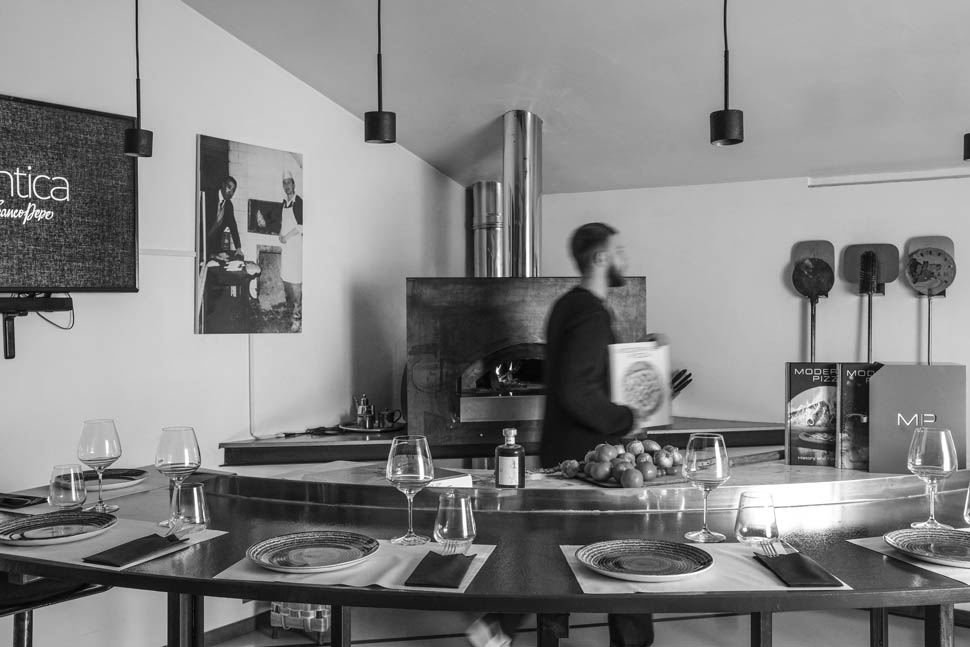
The other two doors on the floor are two guest rooms. This is a way to complete the offer and to conceive the pizzeria, not as a quick moment - a fast food place - but as a real inn. The idea is to give the customer the opportunity to slow down and assimilate the experience of spending the night in the same building that until a few hours before was teeming with people and energy. The rooms are very minimal but with all the necessary comforts. The only flaw at the moment is that breakfast is not served, but it is replaced with a voucher that can be used in one of the city bars.
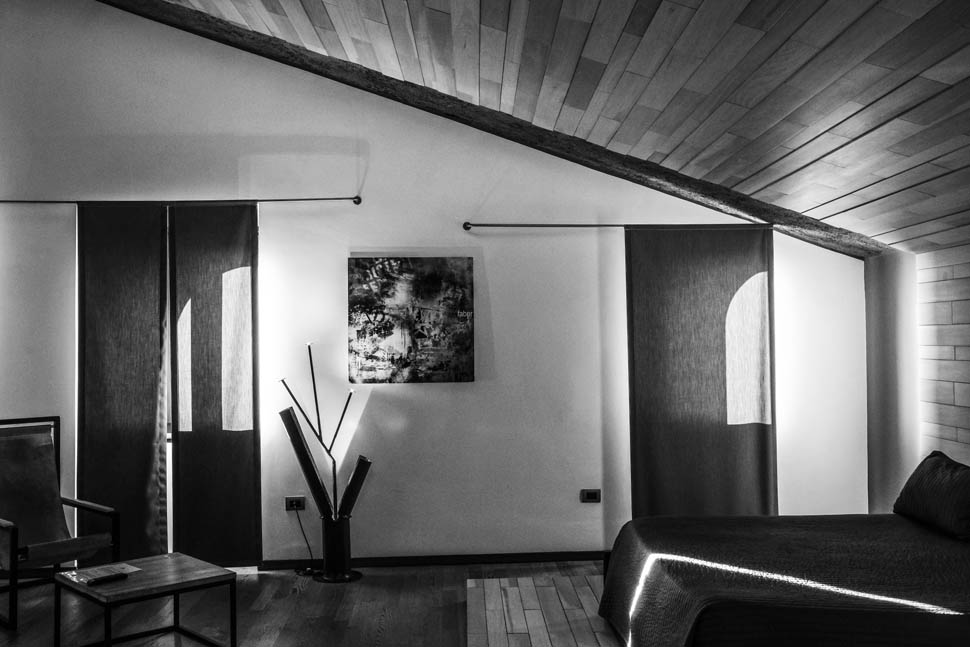
Is this (also) the secret?
What makes the Pepe in Grani model unique is Franco's intuition that he could divide the role of pizza chef into different roles. In this way the workload, which historically has always been on the shoulders of one or very few people, is divided among different teams: dough makers, pizza chefs, cooks and even those who check the pizzas before they go out to the dining room; this is how the quality of the work and therefore of the final product can improve. The waiters also play a fundamental role - serving almost 1000 pizzas a night must not be an easy task, as they also have to maintain a high standard of conversation, without being intrusive or, on the contrary, appearing to be complacent.

Another important character in this magic box is that of the sommelier - there are 4 of them! - the owner of the pizzeria is very keen on this figure, on his work, and on having a well-constructed wine list, because it is precisely wine that has changed his perspective on the potential of the world of pizza. The decisive moment was a meeting in 2005 with Luigi Veronelli who, for the presentation of a wine, suggested that I pair one of his pizzas - the curly endive calzone. Franco told me many stories with the perspective of someone who has achieved success after a long professional and personal journey, and he almost made me cry when he told me about the time he prepared pizzas at the “Carrousel du Louvre” (I looked it up, it was in 2014!) - where he realized he needed to adapt by using an electric oven.
Let's eat!
Yes, okay, but what about the pizzas? I chose the tasting menu which includes a fry-up, a cone and 5 different slices of pizza (€45, including 2 desserts); it's the middle option, there are two other tasting menus (€35 and €65), as well as the à la carte menu. Oh, I forgot, among the various ways of enjoying it, in addition to the different rooms, there's also takeaway.
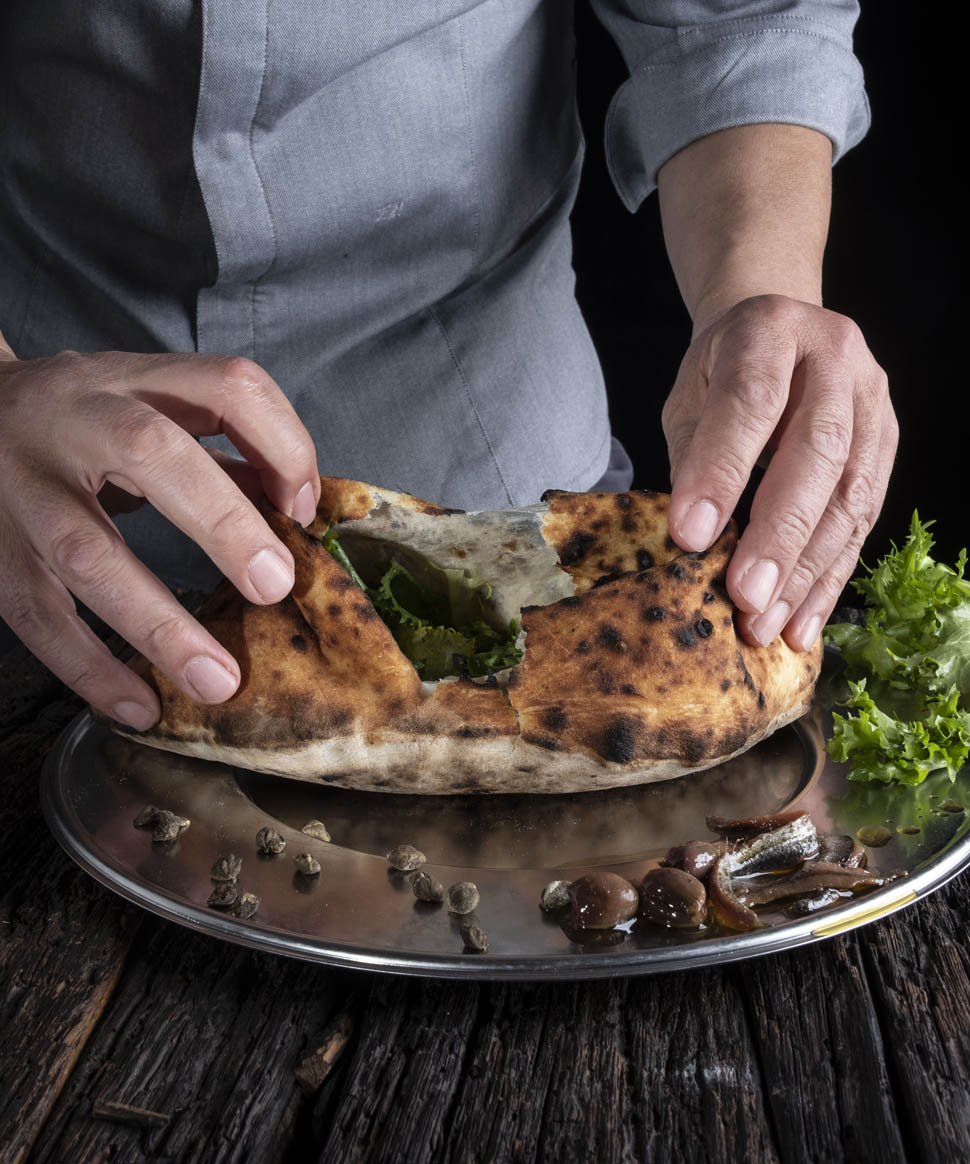
I think it's important to point out that some of the pizzas on the à la carte menu are part of the 'Mediterranean Pizza' project in collaboration with AIRC, aimed at presenting pizza as a balanced and healthy dish. The seven pizzas involved “in addition to being Mediterranean, respond to and embody all the principles of healthy eating that the Foundation has always promoted”. If in one, three or five years' time they were to ask me what I remember, I would put two different preparations at the top: the first is the Margherita Sbagliata (wrong margherita) which was created to enhance the Caiazzo curly tomato, maintaining its nutritional value. This round one looks like a painting: during cooking, buffalo mozzarella from Campania DOP, while at the end raw tomato sauce and a basil reduction are added.
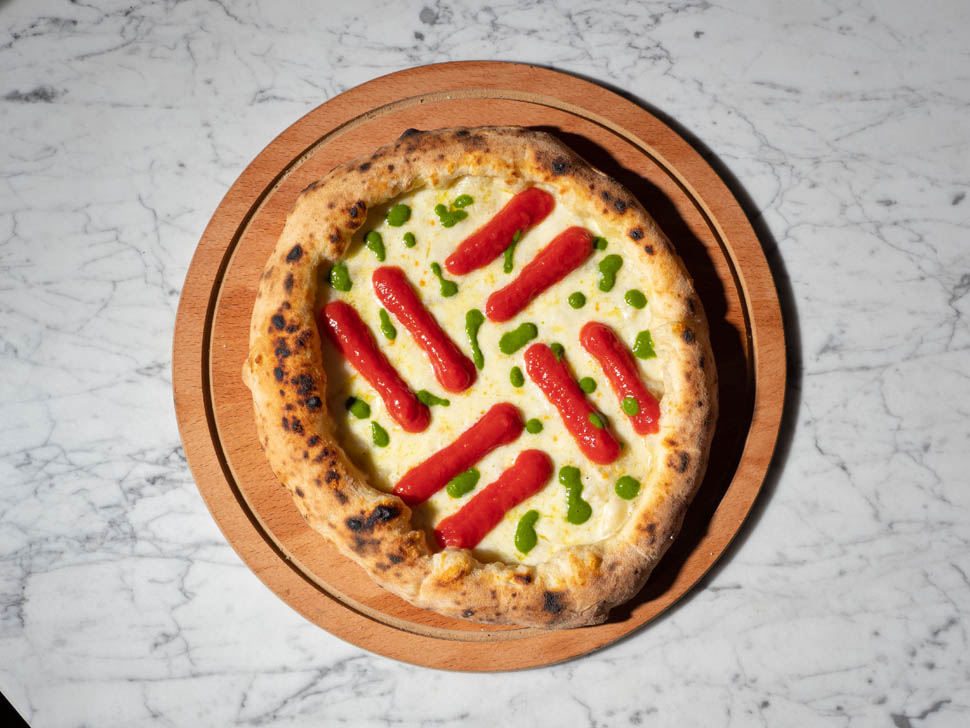
The second dish I'll be bringing with me is a family recipe for Franco Pepe: calzone filled with curly endive, a recipe from his father Stefano. A traditional preparation brought into the present day with a few small technical adjustments, such as not piercing the calzone, which thus becomes a “steam oven” for the raw vegetables.
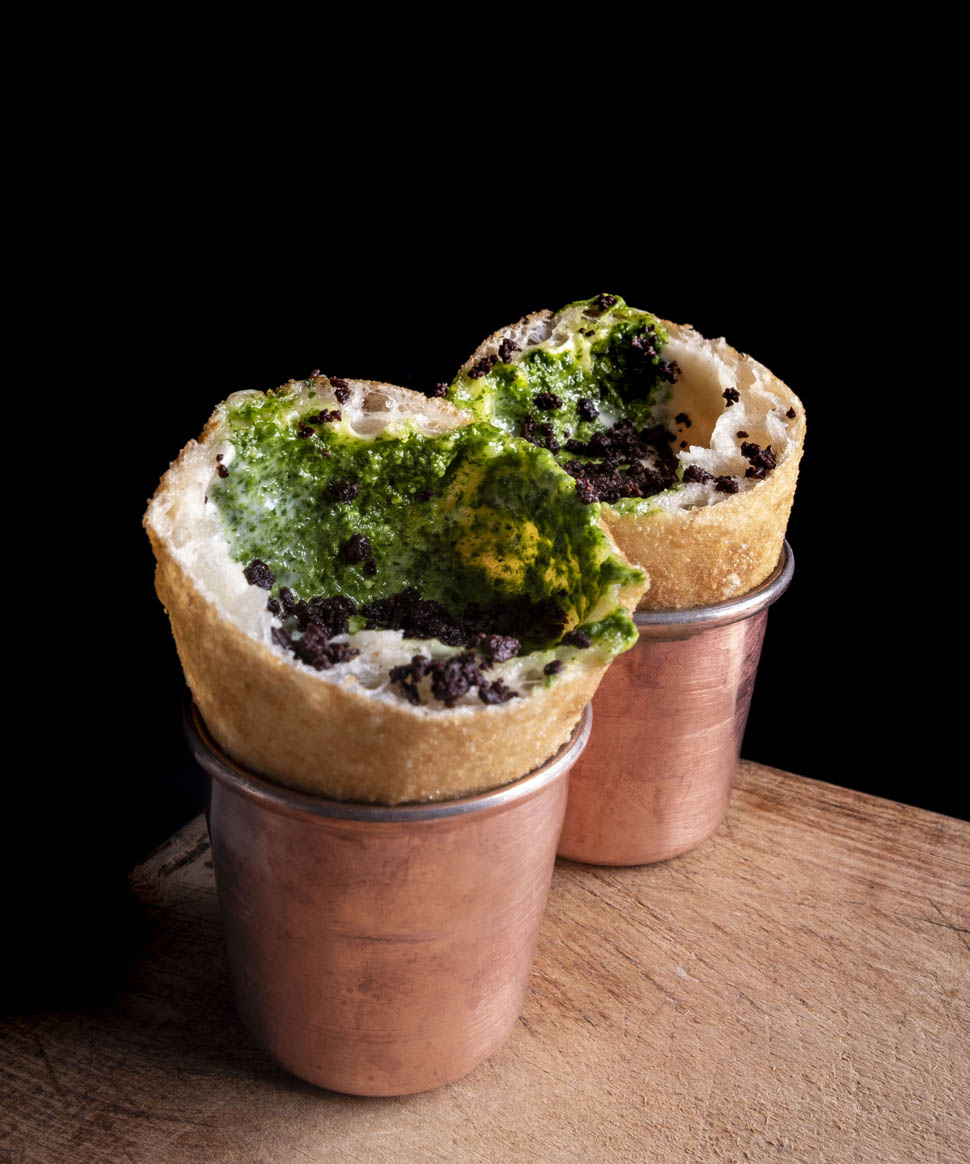
The conetto Ciro with a Grana Padano fondue, rocket pesto and Caiazzo olive powder will also win a place in your memories. The thought was “bring me ten more”. So, is Pepe in Grani worth the trip? Definitely yes. And it's worth another ten.
Contact
Pepe in Grani
Vicolo S. Giovanni Battista, 3, 81013 Caiazzo CE
Phone: 0823 862718

